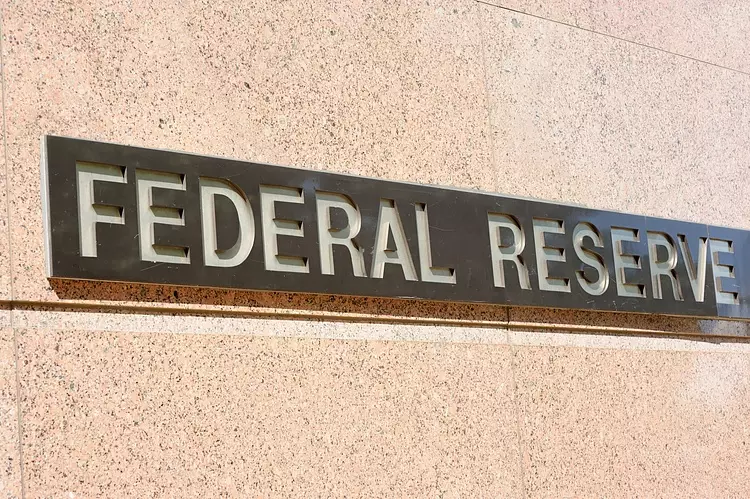The Federal Reserve (Fed) plays a crucial role in shaping monetary policy in the United States with the aim of achieving price stability and fostering full employment. One of its primary tools to achieve these goals is by adjusting interest rates. When inflation rises above the Fed’s target of 2%, it responds by increasing interest rates, which in turn raises borrowing costs across the economy. This action also results in a stronger US Dollar as it becomes more appealing for international investors. Conversely, if inflation falls below the 2% target or the Unemployment Rate is high, the Fed may decide to lower interest rates to stimulate borrowing, which can have a weakening effect on the Greenback.
The FOMC Meetings and Decision-making Process
The Federal Reserve holds eight policy meetings throughout the year, during which the Federal Open Market Committee (FOMC) evaluates economic conditions and makes monetary policy decisions. The FOMC consists of twelve Fed officials, including the seven members of the Board of Governors, the president of the Federal Reserve Bank of New York, and four of the remaining eleven regional Reserve Bank presidents. These regional presidents serve on a rotating basis for one-year terms.
During these meetings, the members of the FOMC engage in discussions about the state of the economy and consider whether any adjustments to interest rates are necessary. It is crucial to note that the decisions taken by the FOMC have a significant impact on the financial markets and the broader economy. Additionally, the FOMC considers various economic indicators, such as inflation, unemployment, and economic growth, before arriving at a consensus on the appropriate course of action.
Quantitative Easing and Tightening
In certain extreme circumstances, the Federal Reserve may resort to a policy known as Quantitative Easing (QE). This unconventional monetary policy involves significantly increasing the flow of credit in a stagnant financial system. QE is typically implemented during financial crises or when inflation is unusually low. A prime example of the Fed deploying QE was during the Great Financial Crisis of 2008. The process involves the Fed printing more currency and utilizing it to purchase high-grade bonds from financial institutions. Generally, QE has the effect of weakening the US Dollar.
Conversely, quantitative tightening (QT) is the opposite of QE. In this policy, the Federal Reserve ceases to purchase bonds from financial institutions and does not reinvest the principal from maturing bonds to acquire new ones. QT is generally seen as positive for the value of the US Dollar, as it reduces the supply of Dollars in circulation.
The Federal Reserve’s monetary policy decisions are critical in maintaining economic stability and achieving its dual mandate of price stability and full employment. The tools and strategies employed by the Fed, such as interest rate adjustments, QE, and QT, have far-reaching implications for the financial markets and the overall economy. It is essential for investors and policymakers alike to closely monitor the decisions and statements made by the Federal Reserve to anticipate and respond to potential economic developments.

